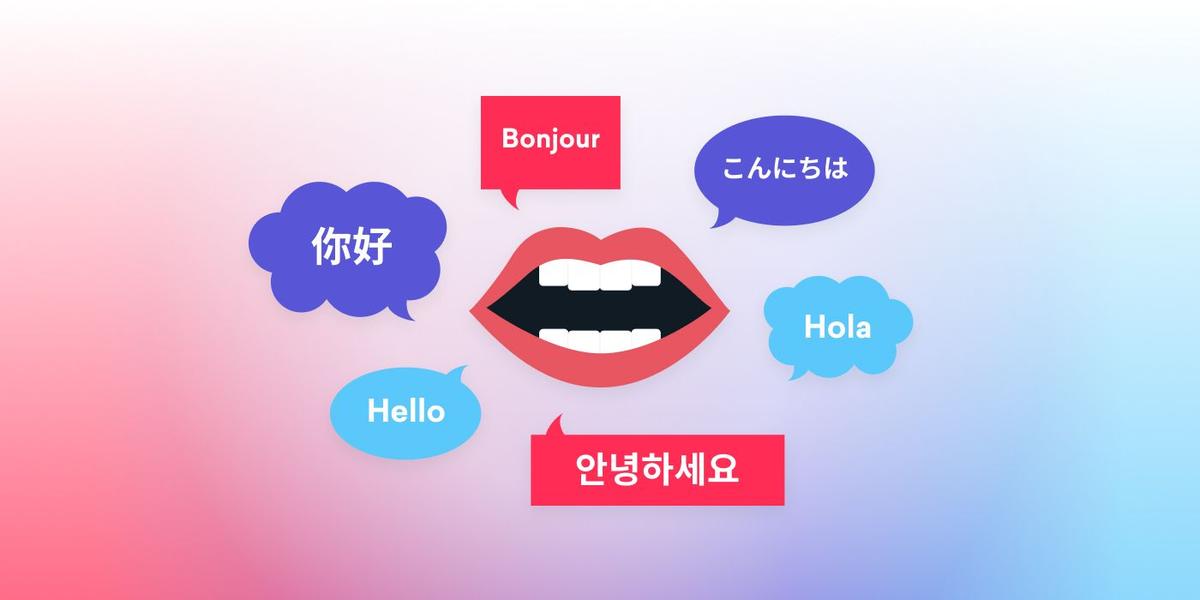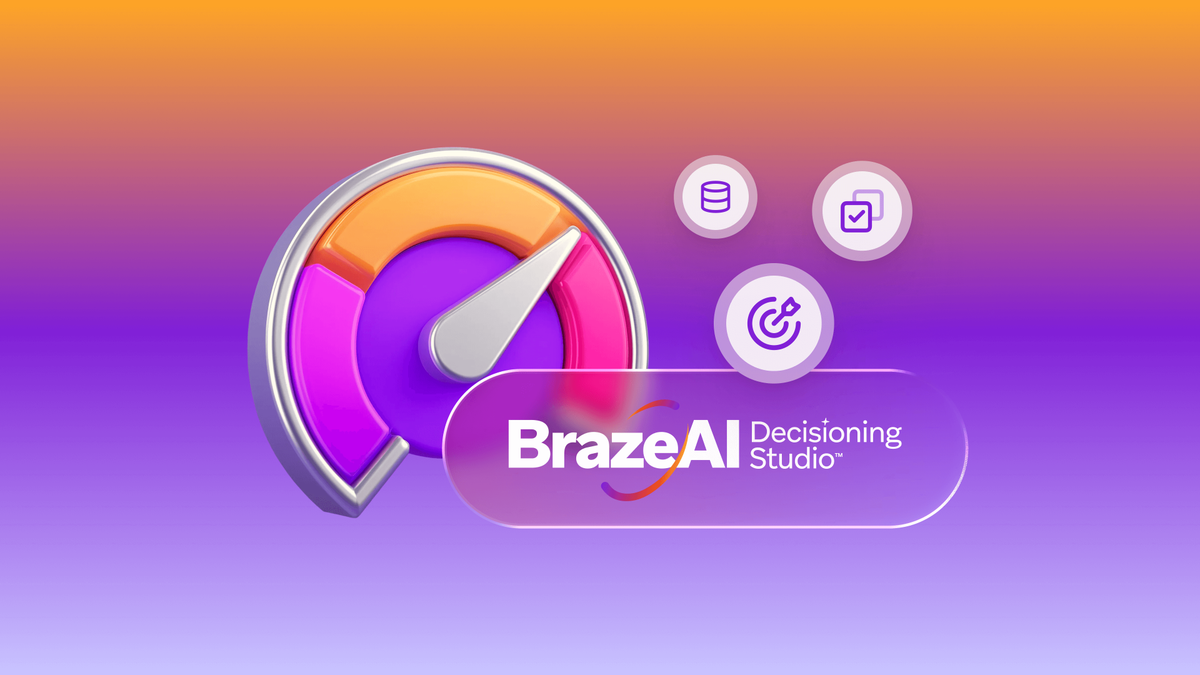Understanding Language-Based Personalization
Published on December 11, 2020/Last edited on December 11, 2020/3 min read

Christine Kent
No matter how snappy, clever, and on-brand your campaign may be, it will fall flat if it’s not in the language your customers speak. If it’s in Spanish and the recipients only speak Russian, odds are that they’ll simply click the trash-can icon or swipe up if they can’t understand the messages you send.
This is where language-based personalization can work its magic. It’s an essential first step in building successful campaigns that drive engagement. As customers get used to dynamic, personalized marketing content that speaks directly to what matters to them, they may come to view language-based personalization as a prerequisite for doing business with a brand. Fortunately, apps and other modern devices generally operate with language selections chosen by users. In this way, users are telling you their language preference up front—it’s really no mystery. The information is there for you to tap into and use to best effect in your marketing.
Keep in mind that language-based personalization can have long-lasting impacts besides simply allowing recipients to read messages. Readers who don’t have to struggle to understand your outreach feel welcomed, and they understand that the brand recognizes them as people, not just marketing targets. This is customer relationship-building in action.
How to Get Language-Based Personalization for Your Campaign
When should language-based personalization be used? In an era of global marketing and diverse customer bases, the answer is pretty much always. But there’s no need to create campaigns for each language, which would require a lot of bandwidth to build and execute on. (And unless you have mother-tongue speakers for every possible language on staff, doing it yourself could leave you prone to embarrassing mistakes.)
Marketers can use Braze to easily provide language-correct messaging experiences to a global audience, at scale. Use the “Add Languages” button to insert and edit the different language variants, and add in Liquid to send the correct version to users based on language preference, all from the same campaign. You can even use language as a segmentation parameter for better targeting. (Not sure how to get your campaigns translated? Consider leveraging a Braze Alloys translation partner like Transifex.)
How Canva Boosts Campaign Success Using Language-Based Personalization
Online design platform Canva has many millions of users worldwide, but only 45% are English speakers. To be sure Canva is speaking to all customers with a unified message, the company has to be able to localize at scale. Using Connected Content, the Braze platform’s dynamic content tool, the Canva team sends out localized, translated content gathered through the Google Sheets API to personalize the language of its content, a process that saved days of work compared to translated emails using the same template.
To test out its new approach, Canva created an email that explained how to use Zoom and upload custom backgrounds. With language-specific content, Canva saw a 33% increase in open rate and a 2.5% increase in engagement—all the more amazing considering that at the time, the company increased email volume from 30 million to 50 million and maintained 99% deliverability. With its new localization strategy built on Braze, the Canva team needed just five days to get this email out in 20 different languages.
Leverage the Power of Personalization
To go deeper on this and other types of personalization, and learn more about Liquid, dynamic content, segmentation, and more, read our guide, “The Power Behind the Message: The Nuts and Bolts of Effective Personalization.”
Related Tags
Releated Content
View the Blog
AI decisioning cheat sheet: How to crawl/walk/run with BrazeAI Decisioning Studioᵀᴹ

Team Braze

A day in the life of a data scientist on the BrazeAIᵀᴹ forward-deployed engineering team

McKay Jensen

The new inbox reality: How iOS changes are reshaping email marketing
